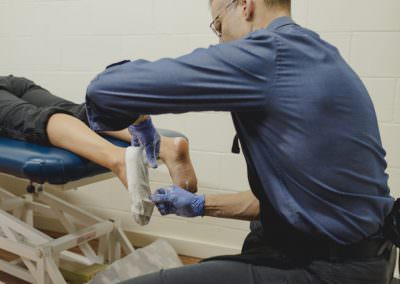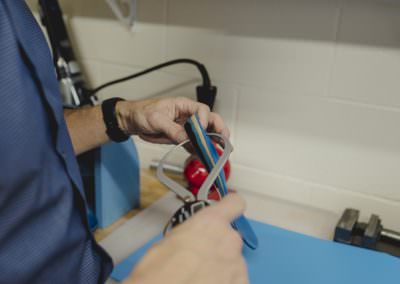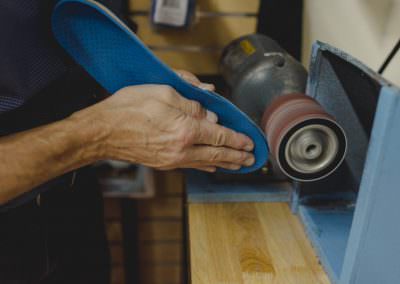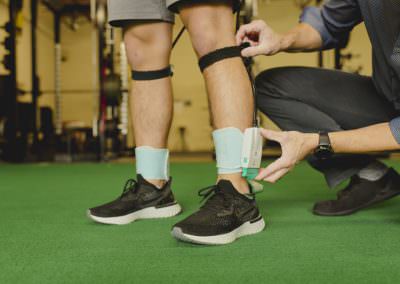Orthotics
Custom Foot Orthotics are one way of treating lower extremity issues by altering how ground reaction forces are transferred through the foot, the posture of the foot, and how the foot moves, and how these things affect the rest of the limb and body.
Quite often problems can be adequately addressed with over-the-counter insoles that can be modified with custom corrections, so we offer Superfeet insoles available for retail purchase and correction.
Things to know about orthotics:
Foot orthotics have become a very lucrative product that
Quality: A “custom orthotic” must include two things; an accurate representation of your foot, and appropriate corrections built into the devices. Without either of these, it is just an insole variation that may or may not address your unique needs.
The Process: We never use a recipe to prescribe orthotics for any kind of pain or problem. We always conduct a thorough, biomechanical evaluation to first decide if orthotics are the best corrective strategy, and then to gain objective data used to develop a rationale for the prescription. The process includes a clinical exam, thorough video gait analysis, and a Pedobarography study.
The Method: The gold standard for capturing an accurate, three-dimensional image of your foot is with hand-casting in a non-weight bearing position by a clinician. Putting weight through your foot in any method can result in foot posture flaws to be built into your orthotics. The custom corrections start during the casting process, with your foot held in place by hand.
The Manufacturer: For our orthotic fabrication, we use Pedologic Orthotics, a small, local lab that emphasizes quality over quantity in their orthotic production. We have a long and collaborative history with Pedologic and have visited their lab in our vetting process.
Adjustments: After fabrication by the lab, most adjustments can be made in our clinic. We stock materials and tools to allow us to make immediate adjustments and modifications. We often use video or Pedobarography to test and re-test changes made to orthotics until we get optimal results.
Long-term Use: It is common for orthotics to need to be weaned into, adjusted, replaced, and sometimes even discontinued over time. As physical therapists, we prefer not to use orthotics when possible, so while some may need them permanently, we often recommend temporary use or evolving the prescription as the condition changes.
Orthotics Service*:
Evaluation with gait analysis and feet castings are required before the orthotic prescription is developed and the devices are fabricated. 5 visits are recommended. If health insurance is not covering services, the 5+ visit PT package discount is recommended, otherwise cost is the same as the $145 hourly PT rate.
o 1st hour/visit PT evaluation with interview and history
o 2nd hour/visit Gait analysis data collection
o 3rd hour/visit Gait analysis data review
o 4th hour/visit Orthotic prescription development, feet casting, additional testing as needed.
o 5th hour/visit orthotic devices issued and fitted. Scheduled approximately three weeks after casting visit.
o Additional 1-3 hours/visits are recommended for adjustments and final gluing, spaced 1-2 weeks apart to allow time for client to test orthotics before returning.
*Most health insurance benefits cover the orthotic evaluation, analysis, casting, fitting, & adjustments under normal Physical Therapy billing codes. However, the fabrication of orthotic devices may or may not be covered separately.




